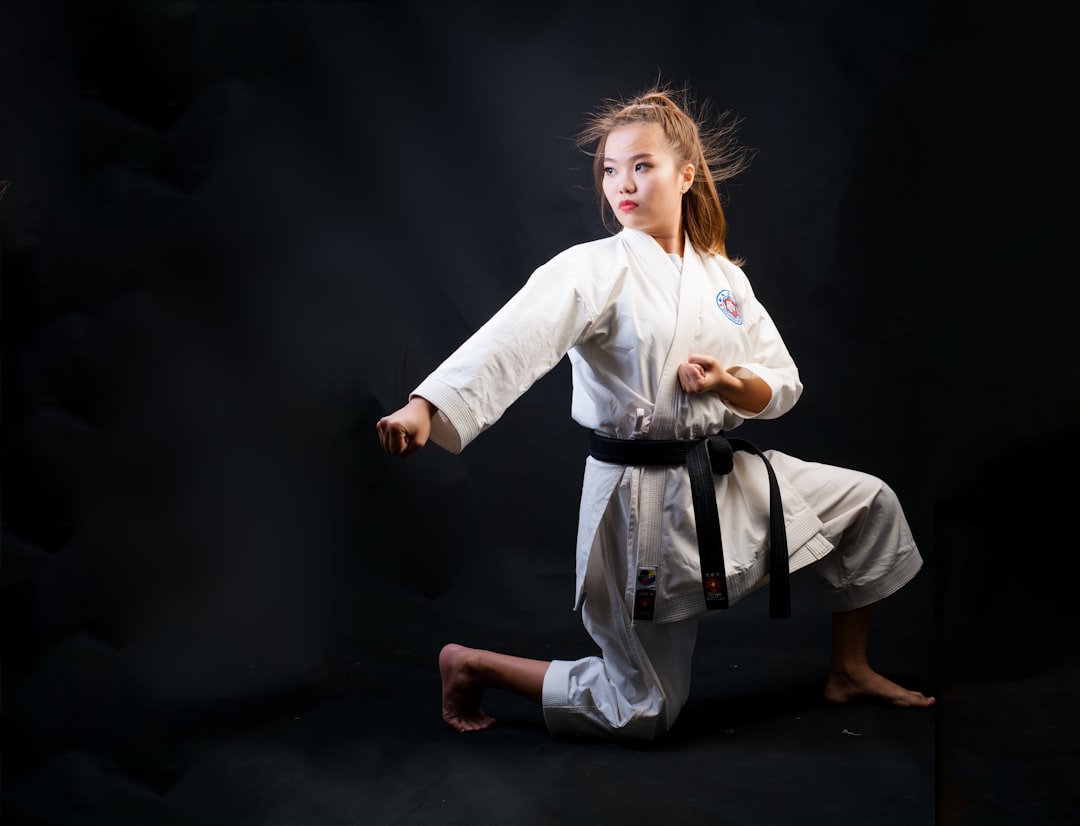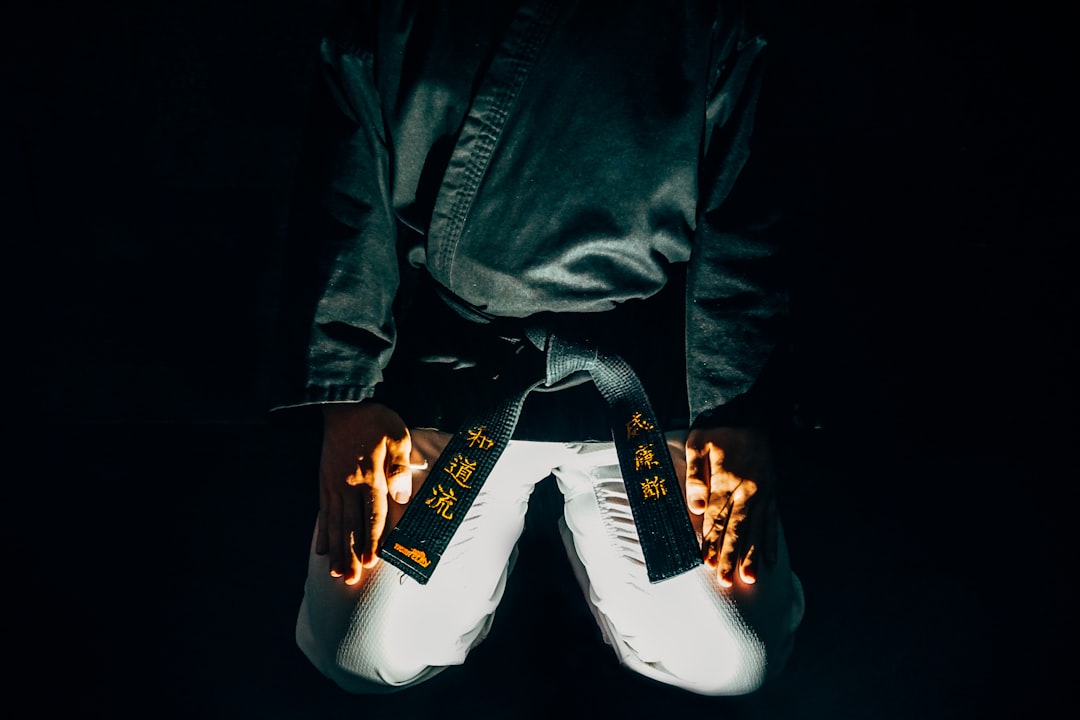Engaging in karate practice at the dojo requires proper gear for both safety and effective training. Essential items include a well-fitting karate gi, protective gear such as mouthguards, forearm protectors, shin guards, and hand protectors, which are crucial for preventing injury and ensuring precise technique execution. A securely tied belt indicative of your rank is also necessary. Remember to stay hydrated by bringing a water bottle and having all required documentation like membership cards or medical waivers on hand. Beyond personal training, the article encourages karate practitioners to donate their used equipment to support underprivileged individuals and communities, thereby promoting accessibility to the sport and fostering community bonds. This altruistic act not only aids in the personal development of beginners but also helps maintain the inclusivity and vibrancy of martial arts traditions worldwide. Donating karate equipment is a meaningful way for experienced practitioners to contribute to the future of karate, providing opportunities for aspiring martial artists and reinforcing the sense of unity among the global karate community.
Embarking on a journey in karate requires more than just dedication and discipline; it also necessitates the right gear. This article serves as a guide for practitioners, detailing the essential items to bring to the dojo for optimal training. Whether you’re a beginner or an experienced martial artist, understanding what to pack can enhance your practice. Additionally, we explore the spirit of karate through the act of donating equipment, fostering a supportive and inclusive martial arts community. Join us as we delve into the practical aspects of karrate preparation and the kindness woven into its culture.
- Essential Karate Gear for Practitioners: What to Bring to the Dojo
- The Generosity of Donating Karate Equipment: Supporting Martial Arts Communities
Essential Karate Gear for Practitioners: What to Bring to the Dojo

When preparing for a karate session at the dojo, it’s crucial to have the right equipment to ensure both safety and efficacy in training. As a practitioner, you’ll need gear that not only protects you during practice but also allows you to perform techniques correctly. Do you wonder what essential items to pack for your karate routine? Firstly, a well-fitted karate gi, which is the traditional uniform, is non-negotiable. It should be comfortable and allow for full range of motion. Secondly, protective gear such as a gum shield (mouthguard) is vital to safeguard your teeth and gums during sparring or contact exercises. Additionally, forearm protectors can prevent bruising and injury to your arms when practicing strikes. Are you considering what else might be beneficial? A sturdy belt that holds your gi closed and has the proper color based on your rank is also essential. Furthermore, shin guards will protect your lower legs from impacts during kicks, and hand protectors can help preserve your hands while practicing punches. Remember to bring a water bottle to stay hydrated throughout the session, as regular fluid intake is key for maintaining energy levels. Lastly, don’t forget any necessary documentation, such as a membership card or medical waiver forms, if required by your dojo. With all these items, you’ll be fully prepared for an effective and safe karate training experience.
The Generosity of Donating Karate Equipment: Supporting Martial Arts Communities

When considering the essential items for practicing karate, one might overlook the importance of donating karate equipment to those in need within martial arts communities. Donating karate gear can have a profound impact on individuals and groups who may not have the resources to acquire this specialized equipment on their own. Do you wonder how your old or spare karate equipment could make a difference? Your donations can provide beginners with the tools they need to start their martial arts journey, enabling them to learn and practice properly without financial constraints. Not only does this act of generosity support the growth of young practitioners but also fosters a sense of unity and shared purpose within the karate community.
Moreover, when you donate karate equipment, you’re not just handing over items; you’re offering a pathway to discipline, focus, and self-improvement for those who receive them. Whether it’s a brand new gi or a well-maintained set of pads, each piece of equipment contributes to the overall training experience and can empower individuals to pursue their passion for karate. In fact, many martial arts programs rely on donations from more established practitioners to keep their classes running, ensuring that the tradition of karate continues to thrive and remain accessible to all who are interested.
In wrapping up our discussion on what to bring for karate, it’s clear that both personal gear and the spirit of generosity play pivotal roles in the practice. Practitioners should ensure they have their necessary equipment, including a proper gi, protective gear, and training essentials, to fully engage in their karate journey. Beyond personal needs, contributing to the martial arts community by donating karate equipment can offer support and encouragement to fellow practitioners. Such acts of kindness not only aid those who might need it but also strengthen the bonds within the karate community, fostering a supportive and enriching environment for all. Whether you’re stepping onto the mat for personal growth or to share your resources, remember that every piece of equipment can make a difference in someone’s pursuit of this dynamic discipline.
